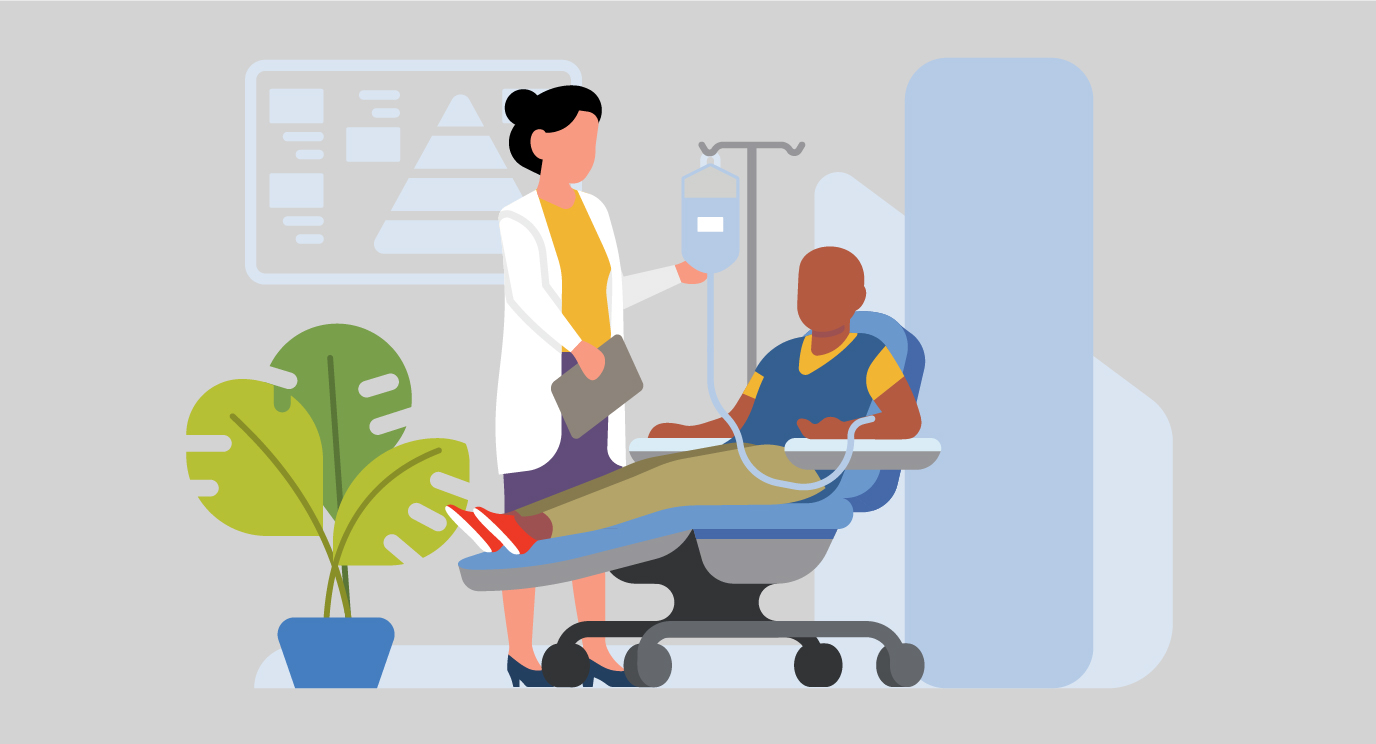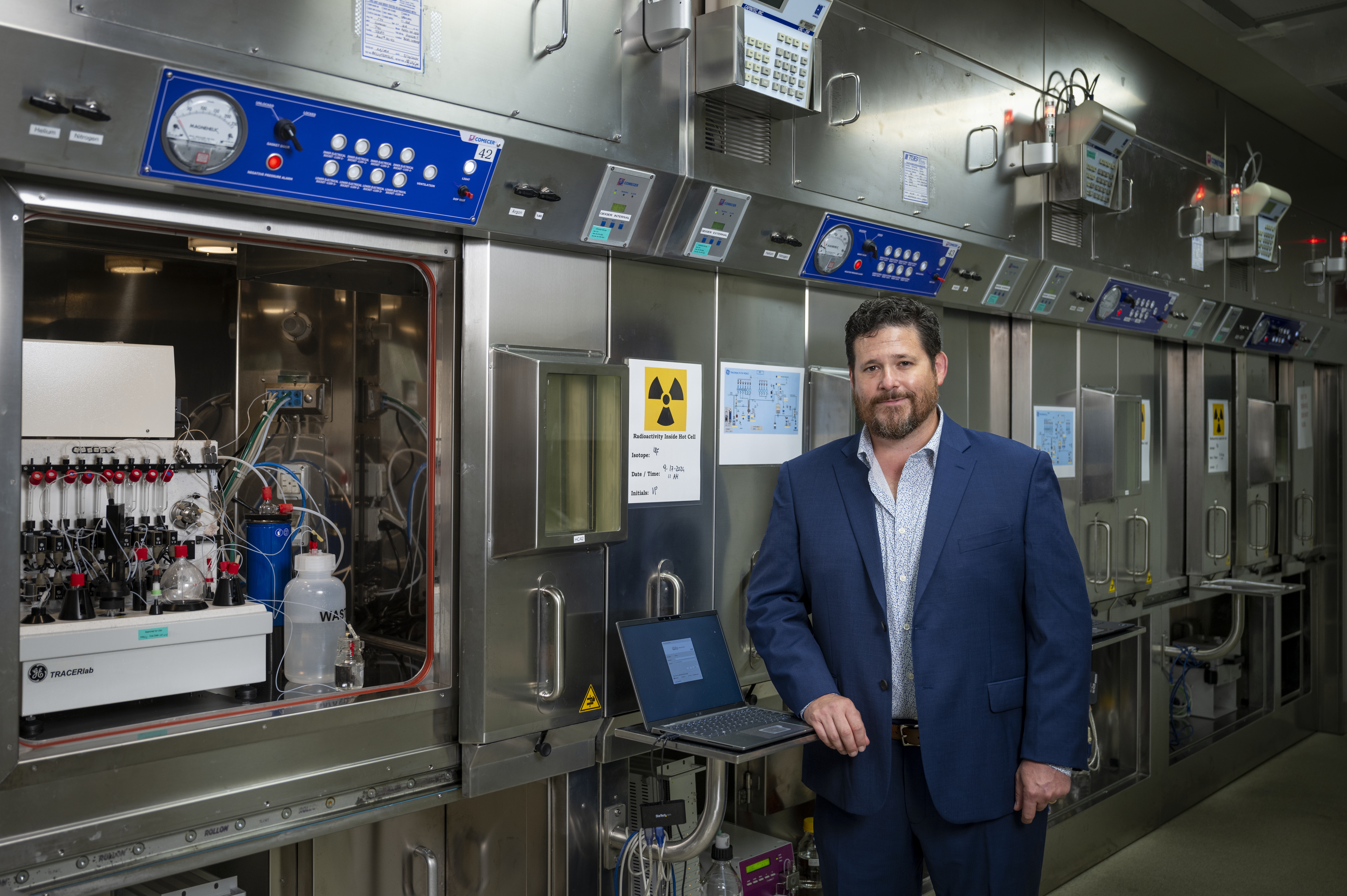- Diseases
- Acoustic Neuroma (14)
- Adrenal Gland Tumor (24)
- Anal Cancer (68)
- Anemia (2)
- Appendix Cancer (16)
- Bile Duct Cancer (26)
- Bladder Cancer (72)
- Brain Metastases (28)
- Brain Tumor (230)
- Breast Cancer (720)
- Breast Implant-Associated Anaplastic Large Cell Lymphoma (2)
- Cancer of Unknown Primary (4)
- Carcinoid Tumor (8)
- Cervical Cancer (158)
- Colon Cancer (166)
- Colorectal Cancer (114)
- Endocrine Tumor (4)
- Esophageal Cancer (44)
- Eye Cancer (36)
- Fallopian Tube Cancer (8)
- Germ Cell Tumor (4)
- Gestational Trophoblastic Disease (2)
- Head and Neck Cancer (8)
- Kidney Cancer (128)
- Leukemia (344)
- Liver Cancer (50)
- Lung Cancer (288)
- Lymphoma (284)
- Mesothelioma (14)
- Metastasis (30)
- Multiple Myeloma (100)
- Myelodysplastic Syndrome (60)
- Myeloproliferative Neoplasm (4)
- Neuroendocrine Tumors (16)
- Oral Cancer (100)
- Ovarian Cancer (174)
- Pancreatic Cancer (164)
- Parathyroid Disease (2)
- Penile Cancer (14)
- Pituitary Tumor (6)
- Prostate Cancer (146)
- Rectal Cancer (58)
- Renal Medullary Carcinoma (6)
- Salivary Gland Cancer (14)
- Sarcoma (238)
- Skin Cancer (296)
- Skull Base Tumors (56)
- Spinal Tumor (12)
- Stomach Cancer (64)
- Testicular Cancer (28)
- Throat Cancer (92)
- Thymoma (6)
- Thyroid Cancer (96)
- Tonsil Cancer (30)
- Uterine Cancer (80)
- Vaginal Cancer (16)
- Vulvar Cancer (20)
- Cancer Topic
- Adolescent and Young Adult Cancer Issues (20)
- Advance Care Planning (10)
- Biostatistics (2)
- Blood Donation (18)
- Bone Health (8)
- COVID-19 (362)
- Cancer Recurrence (120)
- Childhood Cancer Issues (120)
- Clinical Trials (632)
- Complementary Integrative Medicine (24)
- Cytogenetics (2)
- DNA Methylation (4)
- Diagnosis (232)
- Epigenetics (6)
- Fertility (62)
- Follow-up Guidelines (2)
- Health Disparities (14)
- Hereditary Cancer Syndromes (126)
- Immunology (18)
- Li-Fraumeni Syndrome (8)
- Mental Health (118)
- Molecular Diagnostics (8)
- Pain Management (62)
- Palliative Care (8)
- Pathology (10)
- Physical Therapy (18)
- Pregnancy (18)
- Prevention (914)
- Research (398)
- Second Opinion (74)
- Sexuality (16)
- Side Effects (608)
- Sleep Disorders (10)
- Stem Cell Transplantation Cellular Therapy (216)
- Support (402)
- Survivorship (322)
- Symptoms (184)
- Treatment (1790)
What is neurofibromatosis type 1?
5 minute read | Published April 06, 2023
Medically Reviewed | Last reviewed by an MD Anderson Cancer Center medical professional on April 06, 2023
Neurofibromatosis is a collection of three different genetic disorders that cause fibrous tumors to form around nerves in the body. Neurofibromatosis type 1 (NF1) is the most common of the three disorders.
We spoke with John Slopis, M.D., director of MD Anderson’s neurofibromatosis program, to learn more about NF1.
What is neurofibromatosis type 1?
NF1 is a genetic mutation of chromosome 17 that can be inherited from a parent or can develop randomly in an individual. It causes tumors to form in the nervous system. Roughly 1 in 3,000 people carry this genetic mutation at birth.
What are the symptoms of neurofibromatosis type 1?
There’s a broad range in severity of symptoms for patients with NF1. We may not see the symptoms right away, and some people won’t even know they have it. There may be skin markings, such as café-au-lait spots, which look like large freckles on the skin. There may also be neurofibromas, which are small benign nerve tumors that appear as little bumps on the skin. Dystrophic scoliosis is also associated with NF1. This is when the spine is unformed or abnormally formed in a twisted position, resembling a corkscrew.
Abnormalities in children can occur in the long bones, particularly the legs, and sometimes the arms. Often a child who begins to walk freely suddenly has a curved bone in their leg that fractures. This could lead to amputation of that limb, though that’s rare. In newborn babies and in the first couple of years of life, we’re looking for bone problems and scoliosis. We’re also looking for tumors of the optic nerve (from the eye to the brain); 15% of children with NF1 will have an optic nerve tumor. If they’re unrecognized and allowed to grow, they can damage a child’s vision. The tumor can also grow within the eye socket, begin to expand and push the eye out. This is called proptosis or bulging eyes. If we’re not paying close attention, we might miss one of those optic nerve tumors that can become problematic, usually around age 2 or 3.
How is neurofibromatosis type 1 typically diagnosed?
We often do a physical exam, or we can conduct genetic testing to diagnose NF1. Half of all cases will have a negative family history. This means the child or young adult diagnosed doesn’t have a family history of the disease and that the NF1 is likely the result of a spontaneous mutation. The features of neurofibromatosis begin to reveal themselves as people grow through childhood. While diagnosing a patient during our first meeting, we spend a lot of time looking through the patient's physical characteristics and trying to get some idea if it will be a mild or severe case.
There are also situations where we’ll see a child and start to look closely at the parents and realize a parent has NF1, too. This is important because we can get an idea of where things may go for the child. Even more importantly, we can make sure that the parent is evaluated and is not at risk for some underlying, less obvious problems that could be related to NF1.
How often do neurofibromatosis type 1 tumors become cancerous?
Tumors that affect vision are usually not malignant. They are low-grade types of brain tumors. What makes them dangerous is their location and ability to grow slowly and damage structures around them.
But in some cases, a neurofibroma can transform from a benign lump around the nerves to true cancer. That’s a type of sarcoma called Malignant Peripheral Nerve Sheath Tumor (MPNST). This type of cancer needs to be treated quickly. If we can diagnose it early, frequently the tumor can be removed to spare the nerve and the function of that limb. Between 5% and 10% of patients with NF1 will develop a malignant tumor at some point in their lives. More rare tumors, like tumors of the adrenal gland, can cause a drastic rise in blood pressure and be damaging as well. In rare cases, NF1 can also be associated with other cancers, such as breast cancer or leukemia. We're always on the lookout for benign tumors that become cancerous. That's part of what we do every time we visit with a patient, whether it's a child or an adult.
What are the treatment options for neurofibromatosis type 1?
If we detect a problem with a bone or formation of the spine, we immediately refer those patients to centers with highly experienced pediatric orthopedic surgeons.
NF1 tumors can affect the nerves, as well as the tissues surrounding and/or connected to the nerves. During adolescence and sometimes earlier, neurofibromas can appear in the skin. Fat cells, elastic cells, blood vessels and tiny nerves will all be involved in these overgrowth syndromes. They’re almost always benign, but sometimes children and adults will get plastic surgery to remove them.
We have targeted therapies that are designed to slow and reduce the growth of neurofibromas deep inside the body, but they’re not as effective for the skin. We’re doing clinical trials where we use this same type of medication in a cream or gel and patients can rub them on the neurofibromas to try to shrink them. I’m hoping the Food and Drug Administration (FDA) will approve these medications for the public in the next couple of years.
What are common long-term side effects for people with neurofibromatosis type 1?
The most common issue in children is brain function. About 60% of children with NF1 will have ADHD, which is often coupled with dyslexia. Additionally, about 40% will struggle with math skills. And then when the child starts to print and write, dysgraphia will complement dyslexia. Children with NF1 often struggle with these learning disabilities. Their brains work differently, and they need to learn differently. As part of our neurofibromatosis program at MD Anderson, we developed a school intervention program. After we test the children with a neuropsychological assessment to figure out their strengths and weaknesses, we have an educator who goes to the school and helps advocate for the appropriate modifications for that child. This has been extremely helpful for our patients.
Why should patients choose MD Anderson for their neurofibromatosis type 1 care?
We have an extremely comprehensive neurofibromatosis program. Many of us have been working together for 20 years or more, and we have the knowledge and expertise in almost every subspecialty to help patients manage problems associated with NF1. We understand the disorder as it relates to before birth through adulthood. We have oncologists who can treat malignant tumors, sarcoma specialists for pediatrics and adults, and experienced surgeons. Sometimes we’ll assume the entirety of care for a child or young adult, or we may share their care with colleagues at other centers if they have strength in certain areas. We do what’s best for the patient.
Request an appointment at MD Anderson online or by calling 1-844-852-6560.

We may not see the symptoms right away, and some people won’t even know they have it.
John Slopis, M.D.
Physician





